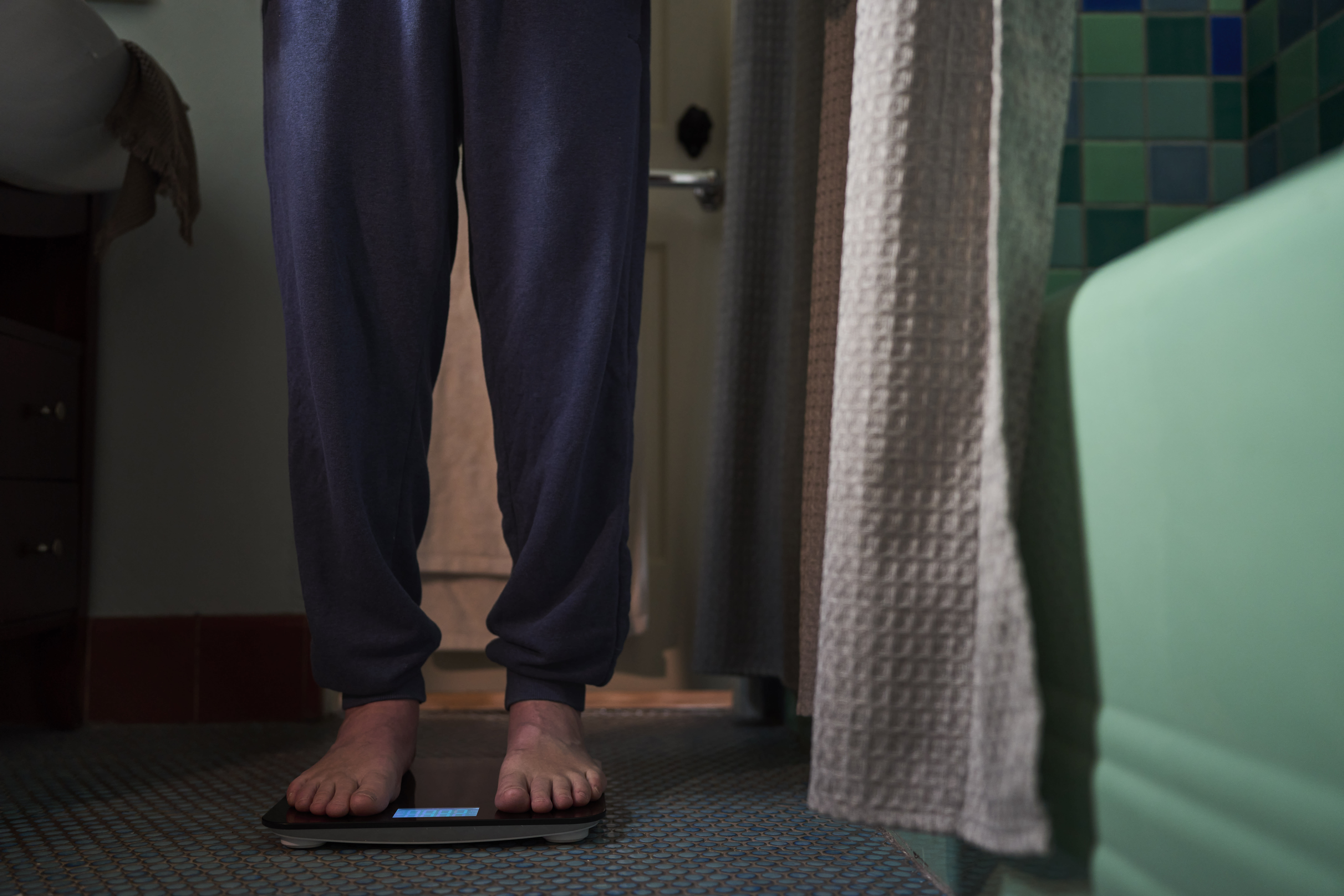Life After GLP-1s: A Real-World Population Snapshot
Life After GLP-1s: A Real-World Population Snapshot
Jenna M. Napoleone, PhD, MPH; Jeanean B. Naqvi, PhD; Liz Connolley, BA; Hope Chang, PharmD; Sarah Linke, PhD, MPH
Background:
Given a lack of real-world evidence regarding patient experiences with GLP-1 use, our objective was to evaluate demographic and clinical characteristics of adults without diabetes who reported recent use of GLP-1s for weight loss while enrolled in a weight management or hypertension digital health lifestyle program.
Methods:
We surveyed members who opted into a 12-week GLP-specific discontinuation program care track. Qualifying criteria included: 1) reported using GLP-1s for ≥8 weeks; 2) reported discontinuing GLP-1s within the past 4 weeks; and 3) recorded their body weight within 2 weeks of starting the GLP-1 track.
Results:
Members (N=159) were 64.8% White, 86.8% female, and 46.3 years of age. A total of 30.8% of members reported elevated PHQ-4 symptoms (total score ≥3), and average weight loss maintenance self-efficacy was 2.9 out of 5. Members weighed on average 227.7 lbs (SD=51.4) at their GLP-1 start date (self-reported) and 195.7 lbs (SD=45.6) at their discontinuation date (objectively measured)–a weight loss of 11.8% over an average of 41 weeks taking a GLP-1. The most common GLP-1s reported were semaglutide (81.8%) and/or tirzepatide (35.2%), and 74.8% of members discontinued their GLP-1 due to access issues (e.g., cost, loss of insurance coverage, and/or drug shortage). A subset (n=83) was asked about their current weight goal, with 86.7% reporting they wanted to continue losing weight whereas 13.3% wanted to maintain their current weight.
Conclusions:
The majority of members discontinued GLP-1s due to access barriers rather than achieving their goal weight. Lifestyle companion programs should provide personalized care to support navigating GLP-1 access, building healthy lifestyle habits and attaining weight goals with or without medications, increasing self-efficacy, and managing mood symptoms.
